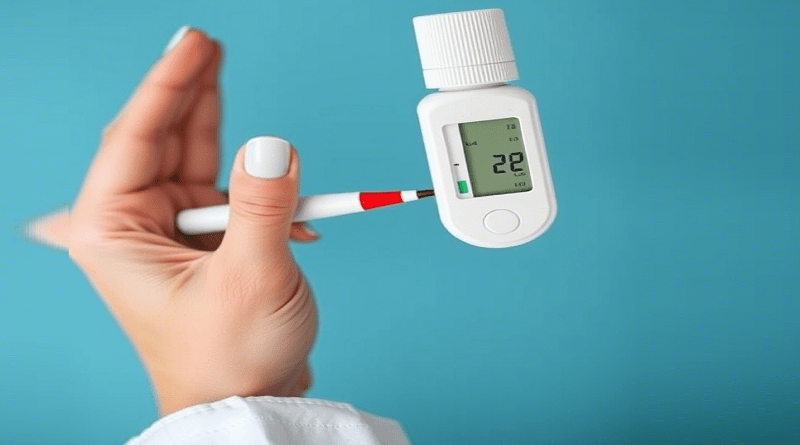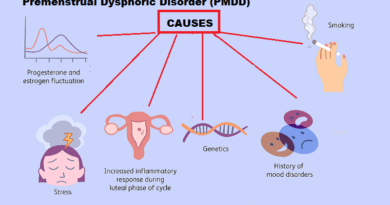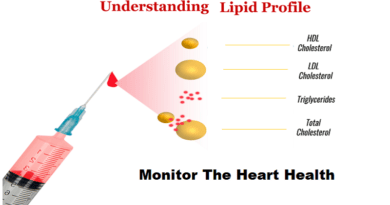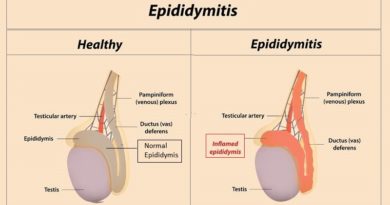Diabetes Types and Diagnosis
Last Updated on 10/28/2025 by Helal Medical
Diabetes diagnosis typically involves a combination of 1- clinical evaluation, and 2- and laboratory tests. Diabetes is a chronic condition characterized by high blood glucose (sugar) levels due to the body’s inability to produce or effectively use insulin. Early diagnosis helps in the effective management and prevention of complications.
The following methods can be used for diabetes diagnosis:
1. Symptoms and Medical History
- Common symptoms of diabetes include:
- Increased thirst (polydipsia)
- Frequent urination (polyuria)
- Increased hunger (polyphagia)
- Unexplained weight loss
- Fatigue
- Blurred vision
- Slow-healing sores or frequent infections
- Tingling or numbness in the hands or feet (neuropathy)
2. Blood Tests:
a. Fasting Blood Glucose (FBG) Test
- Procedure: The patient fasts for at least 8 hours (usually overnight) before the test.
- Normal Range: Less than 100 mg/dL (5.6 mmol/L)
- Prediabetes : 100–125 mg/dL (5.6–6.9 mmol/L)
- Diabetes: 126 mg/dL (7.0 mmol/L) or higher on two separate tests
b. Hemoglobin A1c (HbA1c) Test
- Procedure: Measures average blood glucose levels over the past 2-3 months.
- Normal Range: Below 5.7%
- Prediabetes : 5.7% to 6.4%
- Diabetes: 6.5% or higher
c. Oral Glucose Tolerance Test (OGTT)
- Procedure: The patient fasts overnight, and then drinks a sugary solution. Blood sugar levels are measured before and 2 hours after drinking the solution.
- Normal Range: Less than 140 mg/dL (7.8 mmol/L)
- Prediabetes : 140–199 mg/dL (7.8–11.0 mmol/L)
- Diabetes: 200 mg/dL (11.1 mmol/L) or higher
d. Random Blood Glucose Test
- Procedure: Blood sugar is measured at any time, regardless of when the patient last ate.
- Diabetes: 200 mg/dL (11.1 mmol/L) or higher, along with classic symptoms of diabetes (e.g., increased thirst, frequent urination).
3. Other Tests
a. Urine Tests
- Purpose: To check for glucose presence or ketones in the urine, that can indicate poorly controlled diabetes or diabetic ketoacidosis (DKA).
4. Criteria for Diagnosis
According to the American Diabetes Association (ADA) and other health organizations, diabetes can be diagnosed if any of the following criteria are met:
- Fasting Blood Glucose (FBG) : ≥ 126 mg/dL (7.0 mmol/L) on two separate tests.
- Hemoglobin A1c (HbA1c) : ≥ 6.5%.
- Oral Glucose Tolerance Test (OGTT) : ≥ 200 mg/dL (11.1 mmol/L) 2 hours after consuming a glucose solution.
- Random Blood Glucose : ≥ 200 mg/dL (11.1 mmol/L) with symptoms of hyperglycemia.
5. Differentiating Between Type 1 and Type 2 Diabetes
- Type 1 Diabetes :
It is often diagnosed in children and young adults, though it can occur at any age. It is an autoimmune condition where the body does not produce insulin. Diagnosis is often confirmed through autoantibody testing and C-peptide levels. - Type 2 Diabetes :
It is more common in adults but is increasingly seen in younger individuals due to obesity and sedentary lifestyles. It is characterized by insulin resistance and relative insulin deficiency. Diagnosis is usually based on blood glucose levels and clinical presentation.
6. Gestational Diabetes
Gestational diabetes occurs during pregnancy and is typically diagnosed between 24 and 28 weeks of gestation using the oral glucose tolerance test (OGTT) . The diagnostic criteria for gestational diabetes are slightly different from those for type 2 diabetes.
Conclusion
Diagnosing diabetes involves a combination of clinical evaluation and laboratory tests. Early diagnosis and proper management are essential to prevent complications such as heart disease, kidney damage, nerve damage, and vision problems. If you suspect you have diabetes or are experiencing symptoms, it is important to consult a healthcare professional for proper evaluation and testing.
Sources:
Diabetes Tests | ADA
Types of Diabetes: Causes, Identification, and More
Discover more from Helal Medical Manila
Subscribe to get the latest posts sent to your email.




